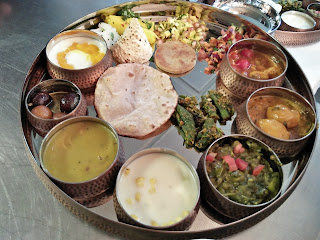Some of the Peppers which are creating wonders in your day to day life.
Pot Douglah Chili Peppers
Pot Barrackapore Chili Pepper
Pot Chili Pepper
African Bird’s Eye / African Devil
Aji Amarillo Chili Peppers
Aji Chili Peppers
Aji Cito Chili Peppers
Aji Fantasy Chili Pepper
Aji Habanero Chili Peppers
Aji Limo Chili Peppers
Aji Panca Chili Peppers
Aji Pineapple Chili Pepper
Aji Sivri Chili Pepper
Albino Sweet Pepper
Aleppo Chili Peppers
Anaheim Chili Peppers
Ancho Chili Peppers
Bahamian Chili Peppers
Banana Peppers
Barker’s Hot Chili Peppers
Bird’s Eye Chili Peppers
Bishop’s Crown Chili Peppers
Bolivian Rainbow Chili Peppers
Brain Strain Chili Peppers
Carmen Italian Sweet Chili Peppers
Carolina Cayenne Chili Peppers
Carolina Reaper
Cascabel Chili Peppers
Cayenne Buist’s Yellow Chili Pepper
Cayenne Chili Peppers
Cayenne Golden Chili Peppers
Charleston Hot Chili Peppers
Chilaca Chili Peppers
Chile de Árbol Chili Peppers
Chilhuacle Amarillo Chili Peppers
Chili Pequin Chili Peppers
Chiltepin Chili Peppers
Chipotle Chili Peppers
Chocolate Habanero Chili Peppers
Corno di Toro Chili Peppers
Corno di Toro Giallo Pepper
Cowhorn Chili Peppers: Good Heat, Big Pepper
Cubanelle Chili Peppers
Dundicut Chili Peppers
Elephant’s Ear Chili Pepper
Espanola Chili Peppers
Fatalii Chili Peppers
Fresno Chili Peppers
Ghost Pepper (Bhut Jolokia) – All About Them
Giant Szegedi Chili Pepper
Gibralta / Spanish Naga Chili Peppers
Guajillo Chili Peppers
Guntur Sannam Chili Peppers
Gypsy Hybrid Chili Peppers
Habanero Pepper – Great Heat and Flavor
Hatch Chile Peppers
Hawaiian Sweet Hot Chili Peppers
Mulato Chili Peppers























